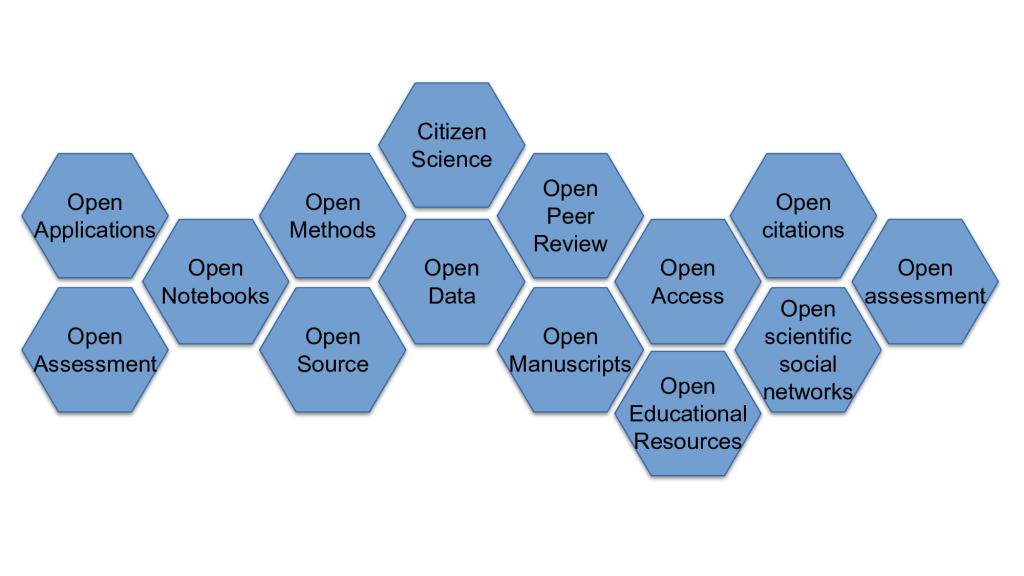I have presented my thoughts on Open Research at many different institutions and for various groups over the last few years. One question that tends to come up repeatedly in various forms is: “Isn’t it much more time-consuming doing Open Research?”.
The short answer is yes. It does require more of a researcher (or research group, lab, centre, department, or institution) to work openly. For example, sharing data openly typically requires cleaning and documenting it so others can understand it. But then again, isn’t that necessary to perform solid and evidence-based research in the first place?
The long answer is, therefore, no. If the aim is to present convincing, well-evidenced, reproducible and reusable research, making it open is the only way. Moreover, by doing it from the beginning of the research process and throughout, you don’t spend any more time on doing open research than closed.
The problem today is that many researchers–and their support personnel–feel the burden of (willingly or unwillingly) “flipping” their research practice from closed to open. This typically happens after the research has been performed in a closed manner, and then it requires much extra effort to open all the various parts. However, if the researchers had worked openly from the beginning, it would not have been any extra effort.
Another “elephant in the room” coming out of the resource question is that performing research openly removes resources from publishing more papers. I heard one researcher complaining that he would only be able to publish one paper per year (as opposed to 5-6 today) if he had to comply with all the requirements of open research. That is a brilliant conclusion. No researcher should aim to publish that many papers in a year. Nothing is better than if open research can help push for more quality and fewer publications!
